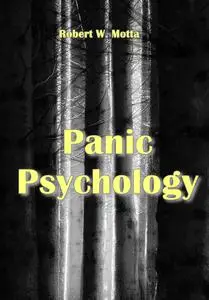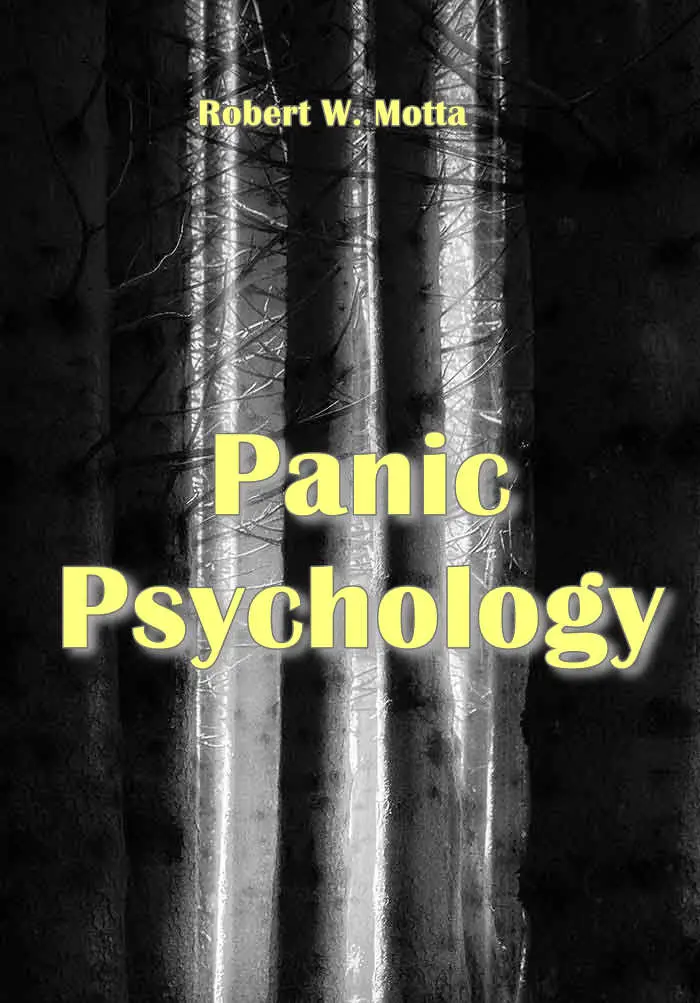"Panic Psychology" ed. by Robert W. Motta
ITexLi | 2023 | ISBN: 1803566485 9781803566481 1803566477 9781803566474 1803566493 9781803566498 | 121 pages | PDF | 5 MB
ITexLi | 2023 | ISBN: 1803566485 9781803566481 1803566477 9781803566474 1803566493 9781803566498 | 121 pages | PDF | 5 MB
This book elucidates the nature of panic, the factors that contribute to the disorder, and describes psychological, physiological, and medical interventions that have been useful in ameliorating the suffering brought on by panic attacks.
Panic disorder is often confused with elevations of anxiety and what is often described as “anxiety attacks.” However, panic is qualitatively different from these phenomena. Panic disorders or panic attacks are intense and usually brief episodes that have often come upon the sufferer as an extreme dread and fear of annihilation. Panic attacks are startling and often produce a sense of impending doom and fear of imminent disaster. They are associated with heart palpitations, dizziness, tingling of extremities, disorientation, and the urge to flee the present environment. During a panic attack, it is not unusual for the sufferer to act in ways that seem completely irrational and beyond the realm of sanity. Imagine sitting quietly in a darkened room and being intensely engrossed in a book that you cannot put down. Suddenly you feel someone’s hands grasp your neck and begin choking you. That level of startled and life-threatening fear is like what many report during a panic attack. It is difficult to know what causes this disorder. In many cases, sufferers report having endured traumatic experiences, especially in childhood. However, in an equal percentage of cases, there is no prior trauma history, and the origins of the panic disorder are unknown, although they do tend to run in families.
Contents
1. Panic Disorder – A Real-World Case Due to Covid
2. Prevalence and Management of the Panic Disorder in Nepal
3. Pediatric Panic Disorder, Review of Art Therapy as Supportive and Palliative Intervention
4. Panic Disorder and Burnout in the Workplace: Review of the Evidence and Recommendations for Future Research
5. Psychotherapy of Panic Disorder: Revisiting Past and Present Research and Moving toward Future Directions
6. The Effect of Physical Activity Intervention on Panic and Anxiety Symptoms in Children, Adolescents and Early Adulthoods: A Meta-Analysis
7. Evidence-Based Pharmacotherapies for Panic Disorder
1st true PDF with TOC BookMarkLinks
More : You find here



